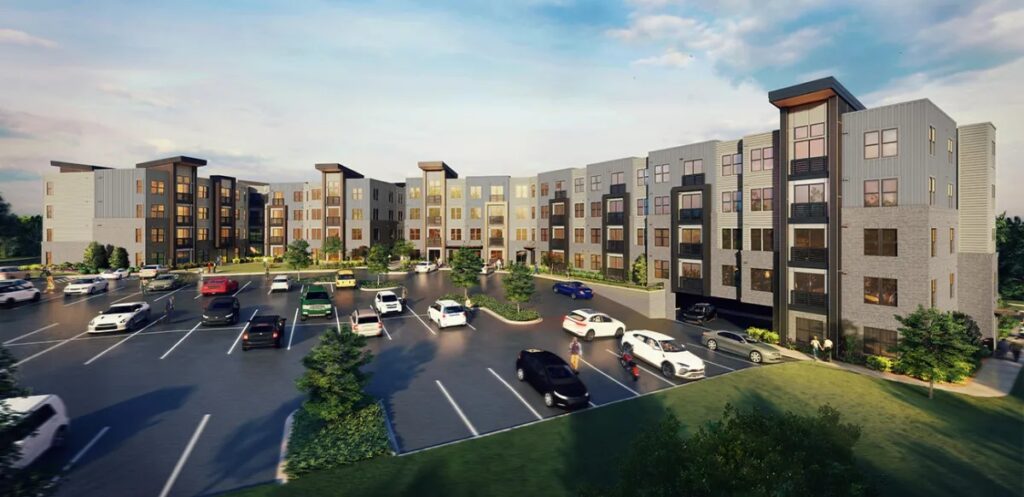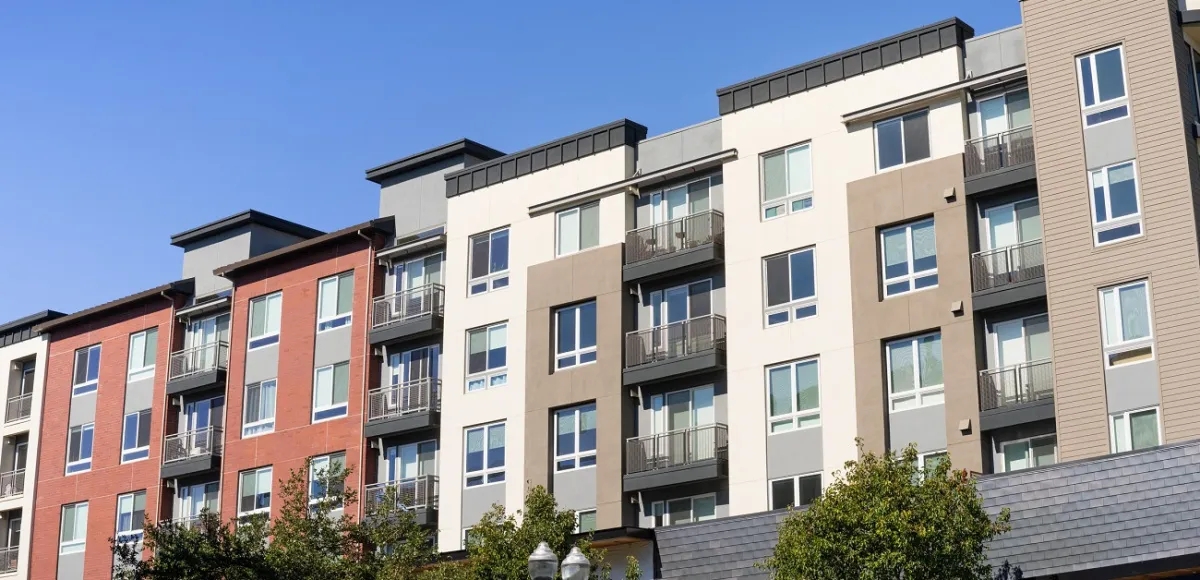No matter the name you give it, housing that meets essential workers’ housing needs remains in short supply in many communities.

“Workforce housing” has long been understood to refer to affordable housing options available to those earning between 60%-120% of an area’s median income, yet its use has declined recently.
Some feel it implies those earning below 60% of their AMI don’t belong in their area’s workforce, according to Michael Liu, senior partner and design principal for The Architectural Team (TAT). Liu believes “this phrase carries with it an unfair, exclusive connotation.”
Miriam Axel-Lute, CEO and editor-in-chief of Shelterforce magazine specializing in affordable housing, agrees. She prefers calling it essential housing since many jobs held by those needing such accommodations are essential to society – such as nurses, firefighters, police officers, sanitation workers or teachers.
G. Kimball Hart, general partner at for-profit Good Works which builds, owns and operates affordable workforce apartments puts it this way: If you start your day taking one child to daycare and another to school before stopping by a Starbucks or other coffee house on your way to work before picking up prescription at a drugstore you have come into contact with four residents from Good Works who keep your community running – this makes four residents available as “attainable housing”
Individuals needing housing who earn just enough to qualify for investor-financed tax-credit properties but too little for market rate housing fall into what’s known as “missing middle.”
Affordable housing may be more challenging in certain states than others, such as California due to high land and construction costs along with rising interest rates; both are unlikely to change significantly anytime soon, according to Matt Benwitt of Lee & Associates-LA North/Ventura.
Communities must marshal resources to find alternatives, either through new builds or retrofits, that meet community needs and find solutions despite opposition from NIMBY proponents who wish for housing to exist “near” them, according to Axel-Lute. “Many say they support housing for all, just not where they are situated,” she states.
Restrictive zoning ordinances hinder communities’ efforts to provide affordable shelter for its workforce, according to Cheryl Cort, policy director for the Coalition for Smarter Growth, an advocacy group dedicated to creating walkable, bikeable and transit-oriented communities within Washington D.C.’s metropolitan area. They work toward finding solutions which bring multifamily residents closer to jobs and services.
Financing tools, municipalities, and developers all play a part in whether affordable units remain separate from market-rate ones, according to Benwitt. Good Works’ Ashburn Chase development in Ashburn, Va. offers 96 affordable units spread among two four-story buildings. There are 10 units specifically tailored to accommodate people with developmental disabilities, as well as a community room, computer room, fitness center and tot lot. Ashburn Chase is part of a mixed-income development that was constructed through collaboration between home builder Toll Brothers and Rockville-based developer and property manager TM Associates. Hart says during the recent pandemic, their resident service manager collaborated with tenants to raise over $200,000 in federal rent subsidies so unemployed residents would not be evicted, using Low-Income Housing Tax Credits because these count under Community Reinvestment Act and provide banks with local footprints with an incentive to support affordable housing options.
John B. Cruz III and his three-generation Cruz Companies have provided affordable housing since 1948, while also managing them. At Harvard Commons in Dorchester, Massachusetts on 15 acres – 45 affordable townhome rental apartments sit near 54 single family market-rate homes worth an average of over $1 Million each – 45 townhome rentals provide nearby access to amenities that lower-income people may be unable to find in their areas like a community center, gym and child care facility according to Cruz; more importantly these affordable dwellings allow individuals to see role models who achieved financial success through homeownership themselves.


